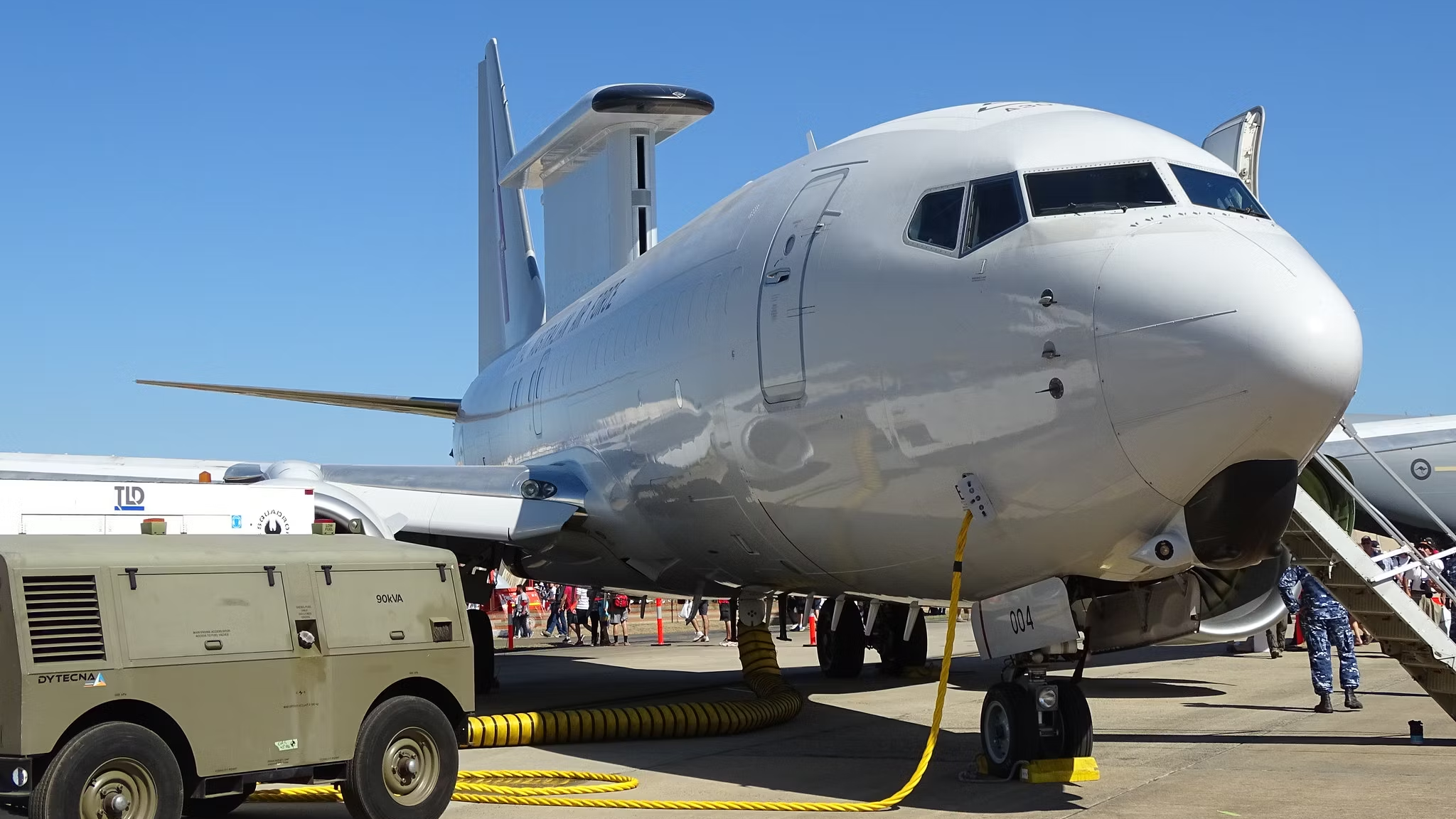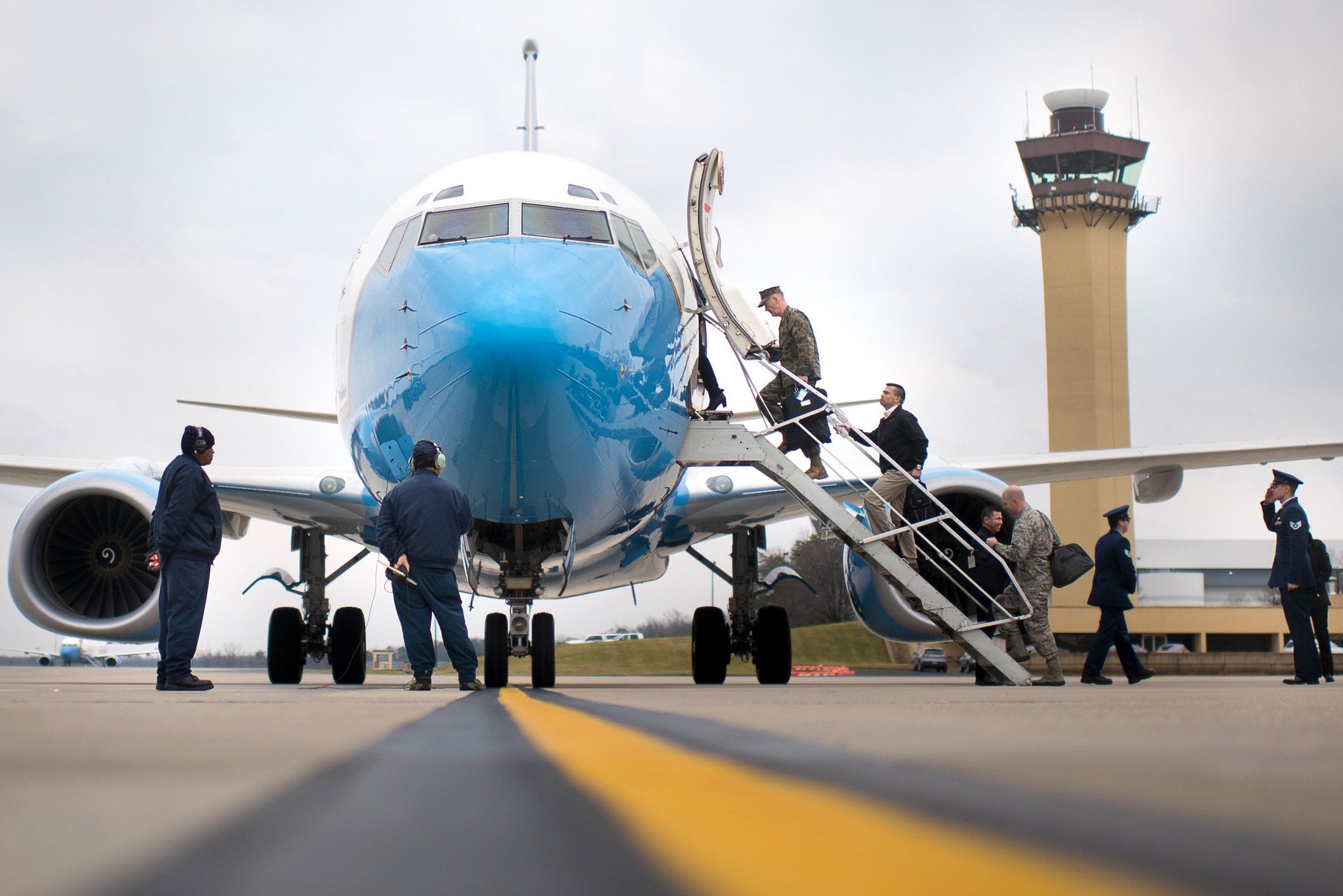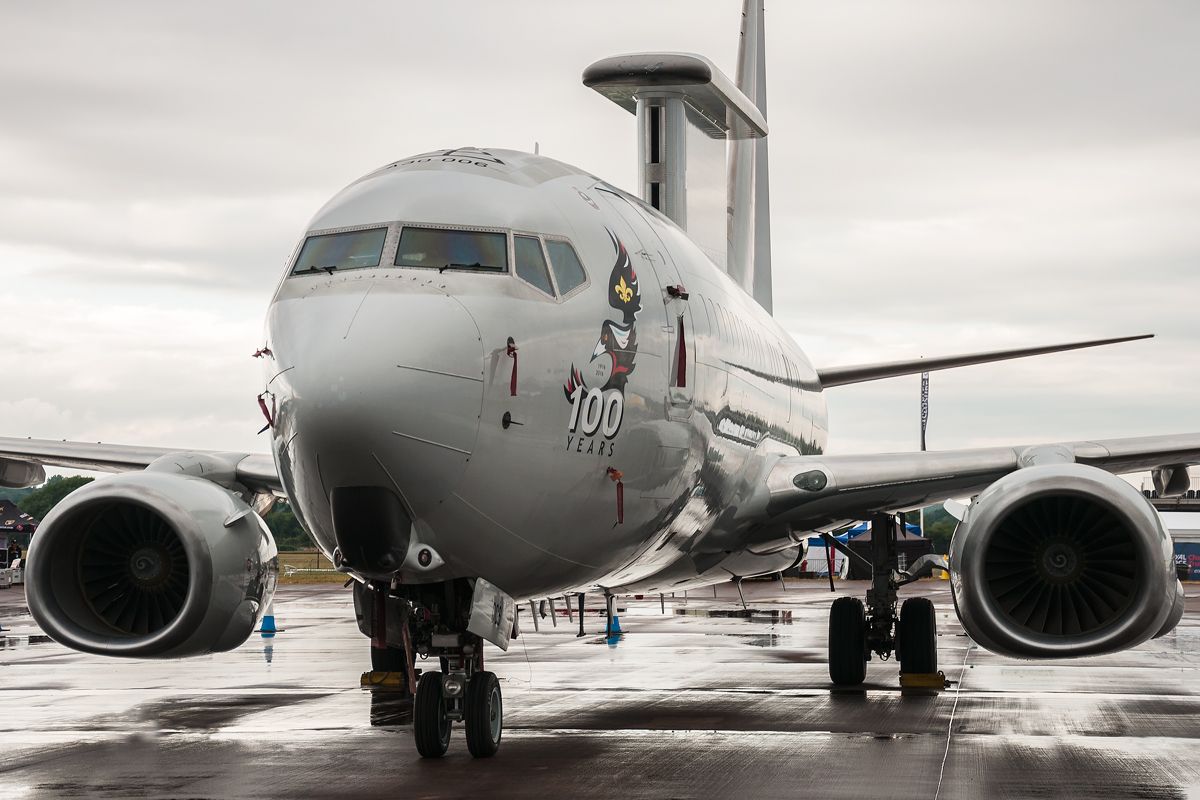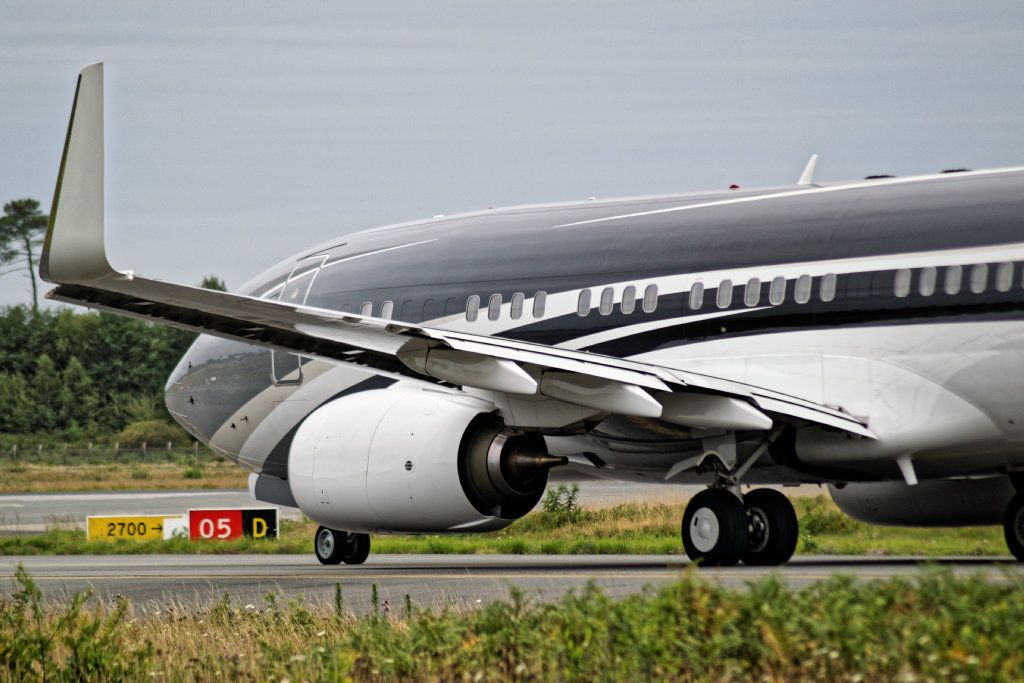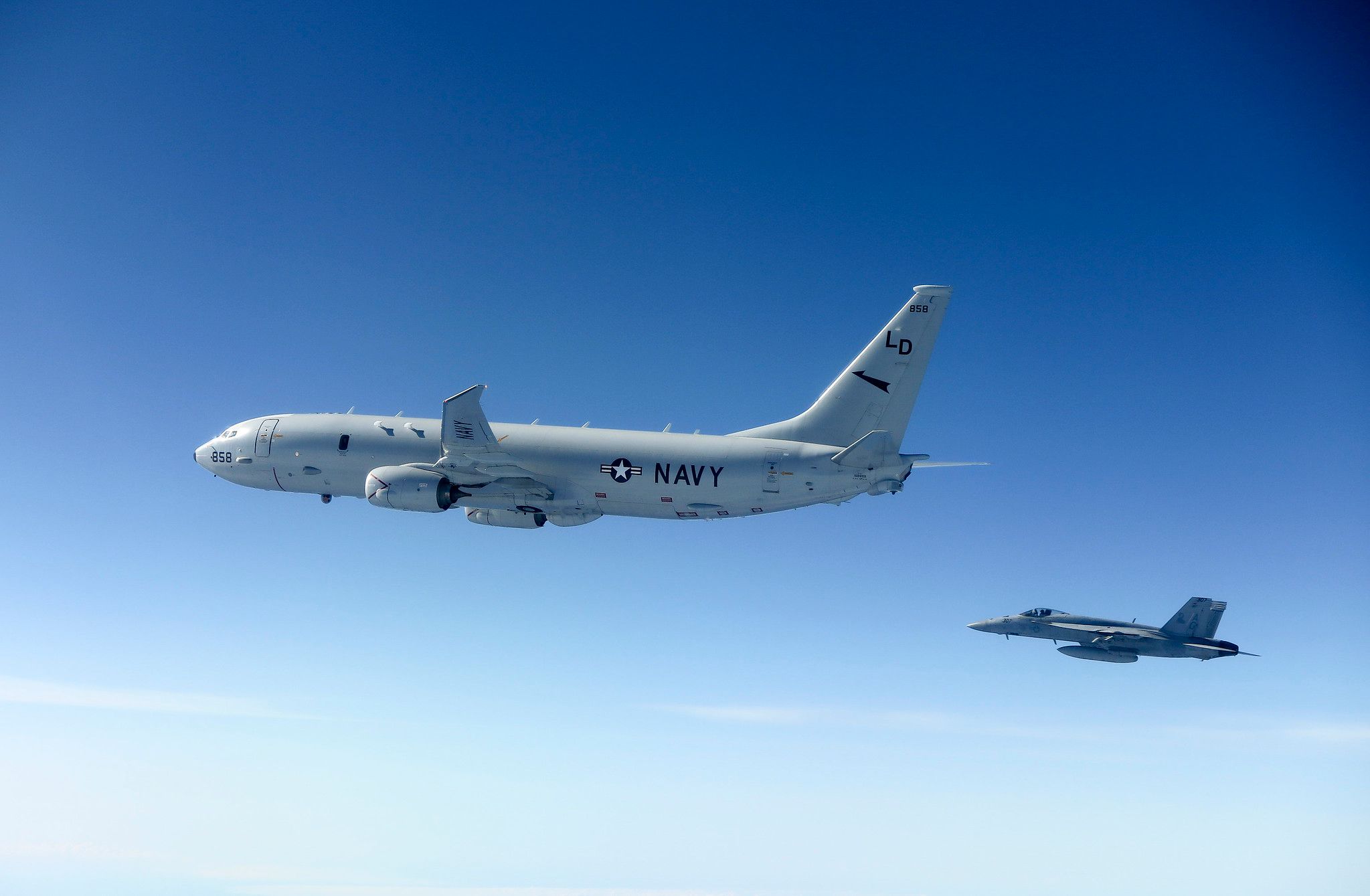Summary
- Boeing C-40 used by US Air Force/Navy for VIPs, 2 variants, 121-111 capacity, advanced communication.
- Boeing C-40 AEW&C (E-7) for surveillance, allies use, powerful radar, ELINT, to replace E-3 in the US.
- Boeing 737 Large Aerial Tanker fights wildfires, 63 passenger capacity, converted by Coulson Aviation.
The Boeing 737 needs little introduction; it is one of the most widely used airliners in the world. But did you know this versatile aircraft has also undergone some incredible modifications for specialized purposes? From VIP transport to firefighting and military reconnaissance, modified Boeing 737s have shown their adaptability and prowess in various roles. We take a closer look below at five of the coolest modified Boeing 737s in the skies.
1
Boeing C-40
Introduction: April 2001
- Capacity: 121 passengers/8 pallets or 3 pallets and 70 passengers
- Payload: 40,000 lb (18,144 kg)
- Max takeoff weight: 171,000 lb (77,564 kg)
- Fuel capacity: 6,875 US gal (26,020 L; 5,725 imp gal)
- Powerplant: 2 × CFM International CFM56-7B turbofan engines, 27,300 lbf (121 kN) thrust each
- Maximum speed: 534 kn (615 mph, 989 km/h)
- Range: 3,200 NM (3,700 mi, 5,900 km)
The Boeing C-40 is a fleet of diplomatic aircraft operated by the US Air Force and Navy for VIP transport. It comes in two variants: the C-40B and C-40C. The C-40B is often referred to as an “office in the sky” for senior military leaders, equipped with advanced communication equipment, broadband data/video transmit and receive capability, secure voice and data communication, internet access, and more.
The C-40C, meanwhile, offers in-flight communication for government officials during their trips, with a larger passenger capacity ranging from 42 to 111. Both variants boast diplomatic livery reminiscent of Air Force One, showcasing their prestigious role in transporting high-profile personnel.
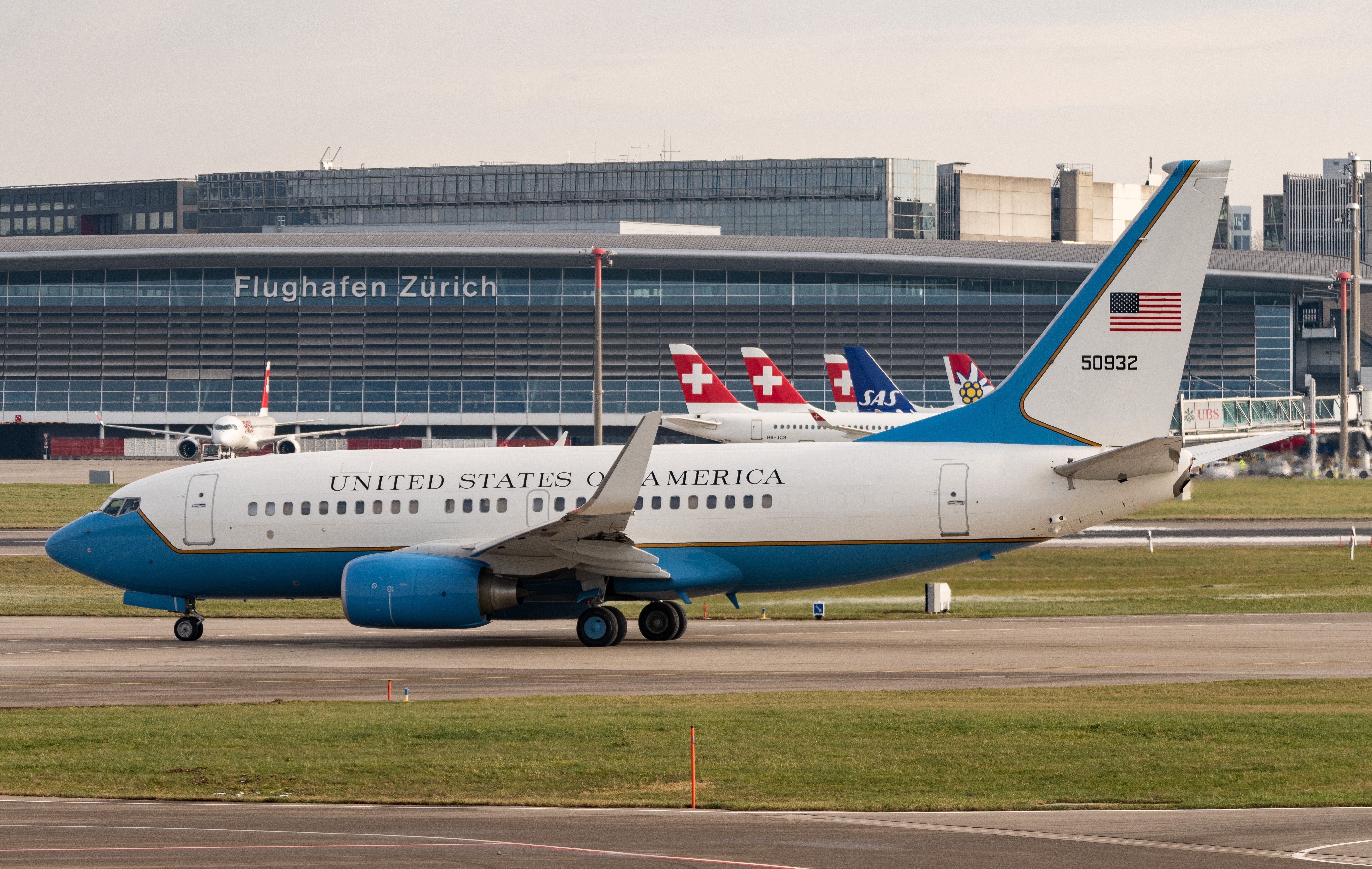
Related
Secretary Blinken Stranded In Davos As Boeing 737 Ride Home Breaks Down
Another aircraft was arranged for Secretary Blinken to return to the US.
2
Boeing 737 AEW&C (E-7)
Introduction: November 2012
- Payload: 43,720 lb (19,830 kg)
- Max takeoff weight: 171,000 lb (77,600 kg)
- Powerplant: 2 × CFM International CFM56-7B27A turbofan engines, 27,300 lbf (121 kN) thrust each
- Cruise speed: 530 mph (853 km/h, 460 kn)
- Range: 4,000 mi (6,500 km, 3,500 NM)
The Boeing 737 AEW&C (Airborne Early Warning and Control), otherwise known as the E-7, is used for airborne surveillance and early warning purposes. Several countries, including Australia, Turkey, the Republic of Korea, and the United Kingdom, have selected this aircraft for use by their defense forces, and the US plans to replace its E-3s with the E-7 beginning in 2027.
This AEW&C features the Northrop Grumman Electronic Systems Multi-role Electronically Scanned Array (MESA) radar, positioned atop the fuselage, providing exceptional capabilities and range for air and sea search in addition to fighter control. Moreover, the ELINT (Electronic Intelligence) array enhances the aircraft’s intelligence-gathering capabilities, making it a valuable asset for reconnaissance missions.
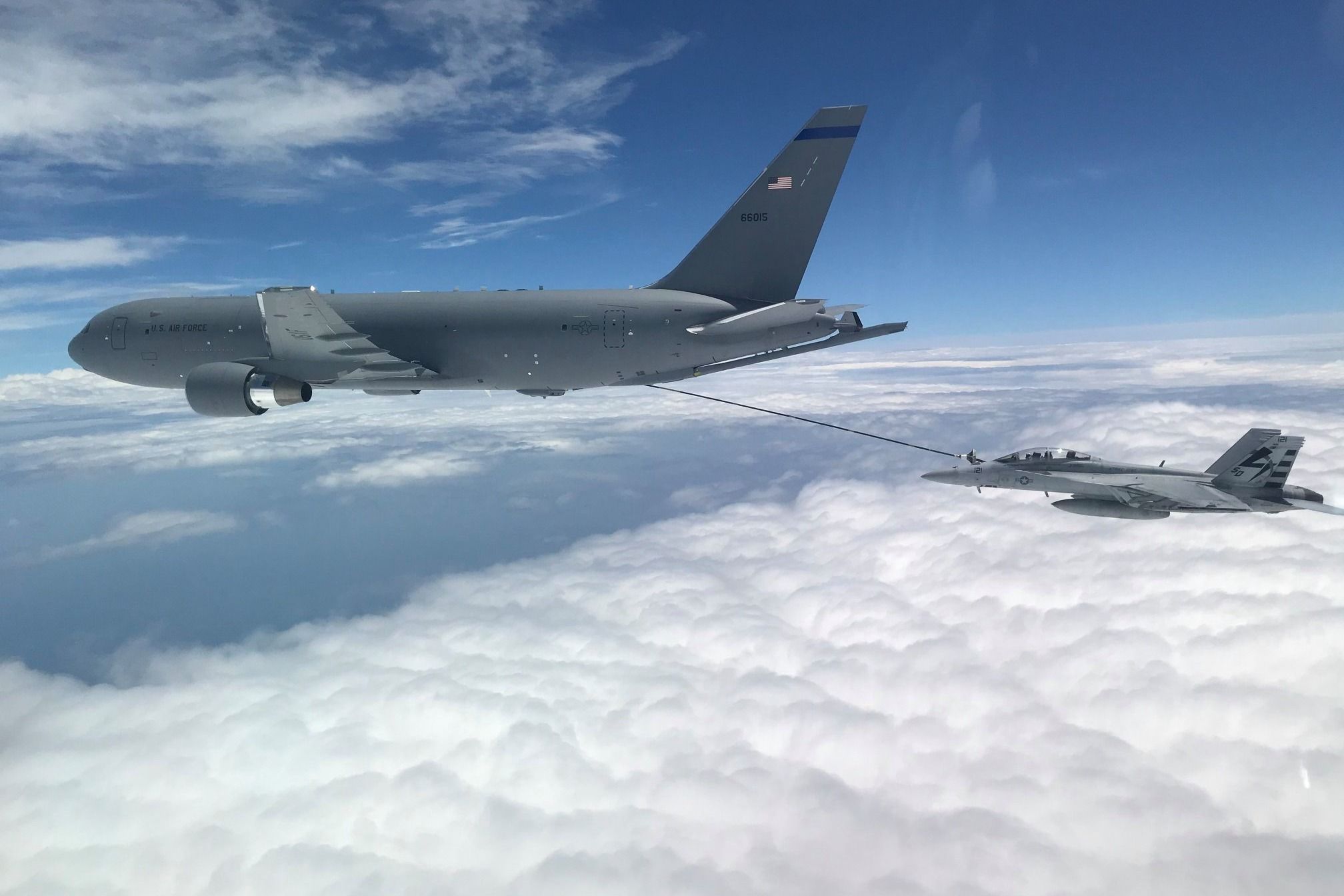
Related
US Air Force Awards Boeing $16.8 Million To Upgrade KC-46A Multi-Mission Capability
Boeing is building the Air Force’s fleet of aerial tankers and has signed a new contract for further upgrades.
3
Boeing 737 Large Aerial Tanker (LAT)
Introduction: December 2017
The Boeing 737 Large Aerial Tanker (LAT) is an after-market converted 737 equipped for fighting wildfires. Converted into an air tanker by Canada’s Coulson Aviation, this modified 737 can drop over 15,000 liters of water and retardant to contain and extinguish fires.
The New South Wales Rural Fire Service in Australia uses the LAT, as reported by the BBC. In addition to its firefighting capabilities, it can carry up to 63 passengers, making it a practical and versatile asset during emergencies.
4
BBJ 737 MAX
Introduction: September 1999
- Payload: 38,800 lb (17.6 t)
- Max takeoff weight: 194,700 lb (88.3 t)
- Powerplant: 2 × CFM International LEAP-1B
- Cruise speed: 530 mph (853 km/h, 460 kn)
- Range: 6,355 NM (11,770 km; 7,313 mi)
For elite private jet operators, Boeing Business Jets (BBJ) offers the BBJ 737 MAX family, a large and sophisticated private jet based on the Boeing 737 MAX aircraft. The BBJ MAX comes equipped with retractable airstairs, enabling independent operations without a jet bridge, and offers various optional extra features.
With the cost-effective efficiency of its commercial counterparts, the BBJ MAX proves to be an attractive choice for owners of large private jets seeking unparalleled comfort, style, and performance.
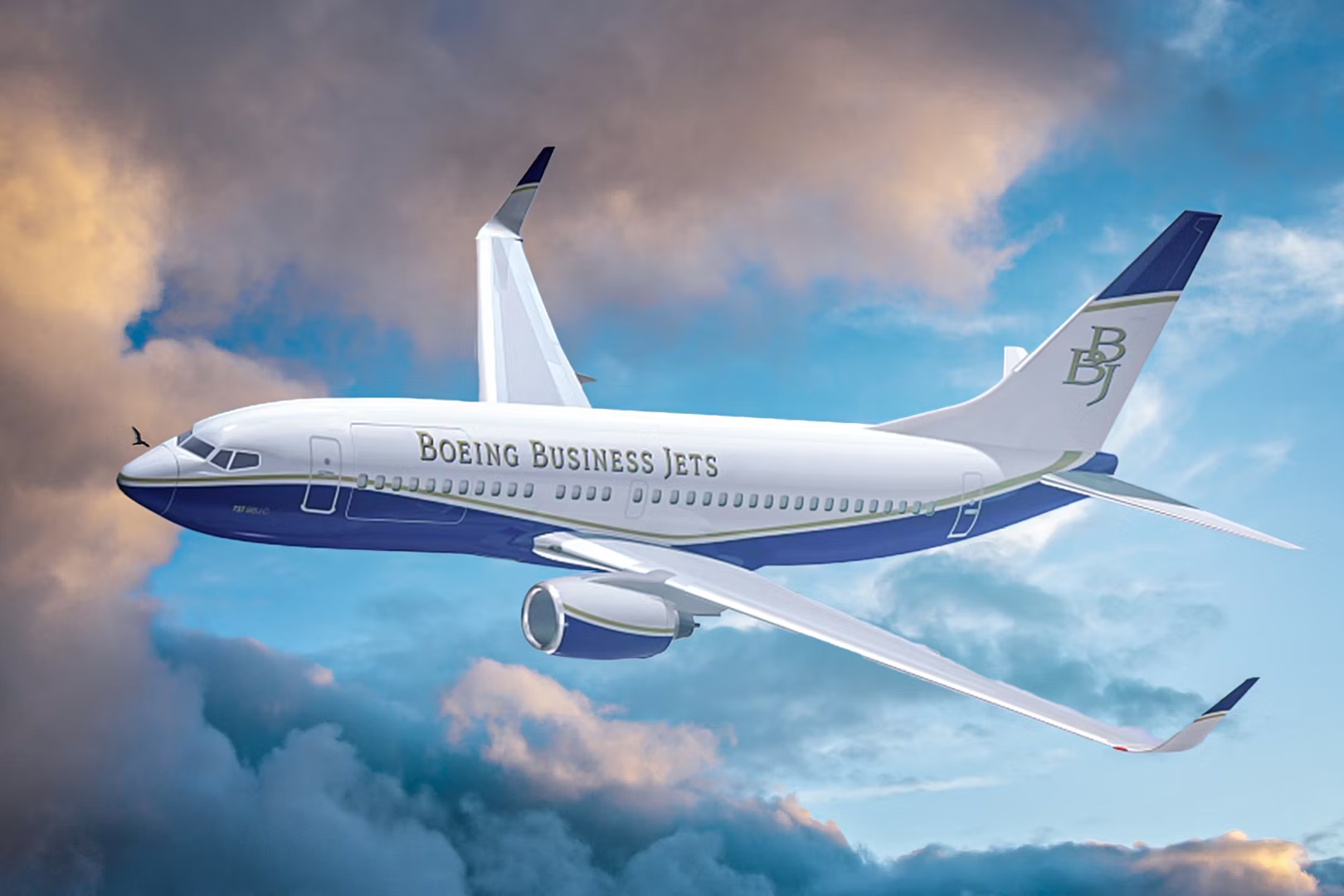
Related
A Closer Look At The Private Boeing Business Jet 737
The BBJ-737 was the first business jet created by Boeing.
5
Boeing P-8 Poseidon
Introduction: November 2013
- Payload: 19,800 lb (9,000 kg)
- Max takeoff weight: 189,200 lb (85,820 kg)
- Powerplant: 2 × CFM56-7B27A turbofans, 27,300 lbf (121 kN) thrust each
- Maximum speed: 564 mph (907 km/h, 490 kn)
- Range: 5,200 mi (8,300 km, 4,500 NM)
The Boeing P-8 Poseidon is a maritime patrol and reconnaissance aircraft developed from the civilian Boeing 737-800. Operated by various countries, including the United States, India, Australia, and the United Kingdom, the P-8 serves in anti-submarine warfare, anti-surface warfare, as well as intelligence, surveillance, and reconnaissance roles.
WeAreTheMighty suggests that the aircraft is armed with torpedoes, Harpoon anti-ship missiles, and other weapons, the P-8 can drop and monitor sonobuoys and effectively work alongside other assets, including unmanned aerial vehicles (UAVs) like the Northrop Grumman MQ-4C Triton. Its adaptability and versatility make it essential to ensuring maritime security and surveillance.
From government transport and reconnaissance to firefighting and luxurious private travel, these modified versions of the Boeing 737 have proven the jet’s adaptability for rolls well beyond airline travel.
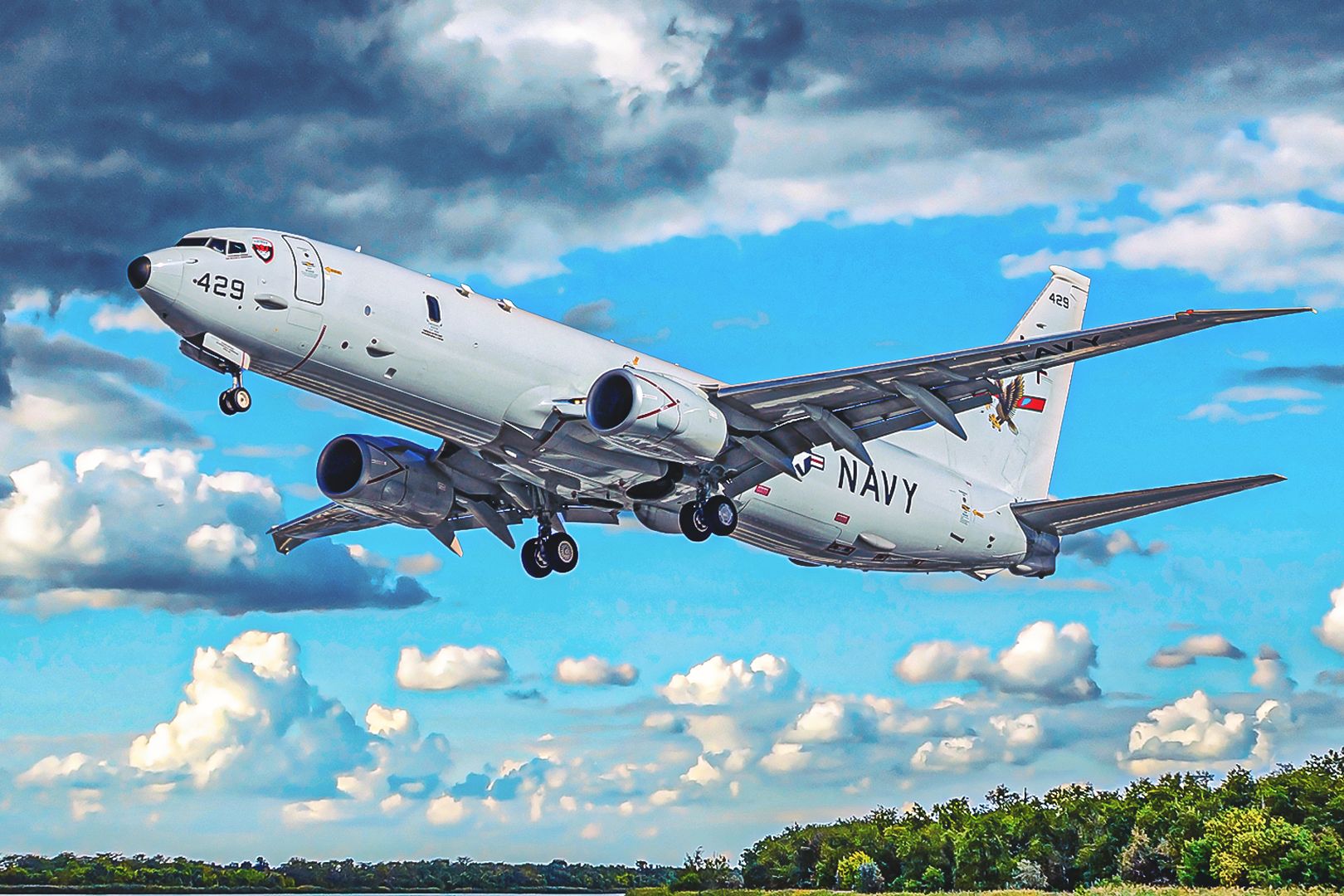
Related
What Anti-Submarine Technologies Are Used By The US Navy’s P-8 Poseidon?
The Poseidon is replacing the P-3 Orion for USN antisubmarine warfare duty. We now examine the technologoes that enable this mission.
Did you know about any of these modified Boeing 737s? Let us know by commenting below.

